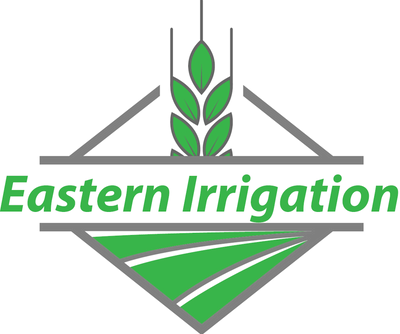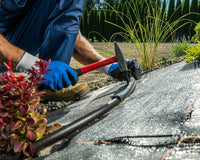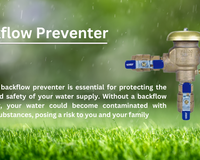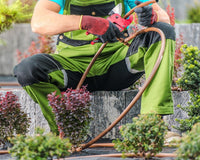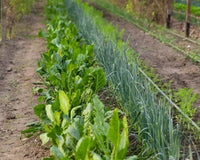Optimal landscaping relies heavily on effective water distribution. While the beauty of a lush lawn or thriving garden is evident, the backbone of such beauty often remains unseen: the irrigation system.
Regular maintenance of this system is paramount, ensuring its efficiency throughout every season. Whether you're a hands-on gardener or someone who loves a beautiful lawn without the dirt under their nails, understanding the maintenance of irrigation systems is beneficial.
Let's deep-dive into the aspects of irrigation system care, from the do-it-yourself methods to when you might need professional intervention.

DIY Maintenance: Becoming an Irrigation System Pro
1. Monthly System Inspection
We suggest setting a monthly reminder to inspect your irrigation system. Routine checks can preemptively identify:
- Leaks or seepages.
- Clogged or broken sprinkler heads.
- Damage from external factors, such as lawn equipment.
Upon inspection, any found obstructions should be promptly cleared, ensuring an even water distribution.
2. Sprinkler Head Positioning
- Realign sprinkler heads away from non-essential areas like driveways, sidewalks, or buildings.
- Regularly check and adjust the spray patterns to ensure they cover the desired regions adequately while avoiding unnecessary watering of areas that don't need it.
- Over time, plants grow, and so do obstructions. It's not just about setting and forgetting; ongoing adjustments ensure that growing plants still receive the required water without interference.
3. Maintaining Optimal Water Pressure
Maintaining the right pressure is vital for:
- Ensuring efficient water distribution.
- Avoiding wear and tear on the system components.
- Minimizing water wastage.
If the pressure is too high, you risk damaging the sprinkler heads or pipes, while low pressure can lead to inadequate watering. A simple pressure gauge can help you monitor the system's water pressure.
4. Rain Shutoff Switch: Nature’s Assistant
Incorporating a rain shutoff switch can prevent water wastage. These sensors:
- Detect when there’s adequate rainfall and pause the irrigation system.
- Resume the system when the natural watering is insufficient.
This not only conserves water but also saves on utility bills.
5. Embracing Advanced Technology
In the age of smart homes, why should your garden be any different? Consider upgrading to “smart” irrigation controllers that:
- Adjust based on weather conditions or soil moisture levels.
- Ensure that the landscape gets the right amount of water without any manual intervention.
- Reduce water waste, especially during unpredictable weather conditions.
6. Precise Watering with Low Volume Techniques
For specific areas like gardens, shrubs, or trees, consider using low-volume watering methods such as:

- Drip irrigation: Directs water to the base of the plant.
- Micro-spray jets: Provide a mist-like spray, ensuring minimal water wastage.
- Bubblers: They deliver water directly to the root zone of trees or shrubs.
These methods help in minimizing water wastage due to evaporation or runoff.
When It’s Time to Seek Expertise
While many tasks can be DIY, certain tasks require a professional touch to ensure the system's longevity and efficiency.
1. Avail Rebates and Savings
We recommend checking with local water utilities before investing in upgrades or new installations. Many offer rebates for water-efficient products, easing the financial burden.
2. Professional Inspections
Engaging experts for regular checks can unearth:
- Hidden leaks or minute damages.
- Areas where efficiency can be improved.
- Potential problems that might escalate if left unaddressed.
Moreover, a seasoned professional can provide insights on common irrigation issues, equipping you to handle minor problems independently.
3. System Audits
An irrigation audit is an excellent way to gauge the efficiency of your system. Professionals can:
- Verify if all areas receive uniform water coverage.
- Highlight zones with over or under-watering.
- Recommend adjustments to ensure maximum system efficiency.
4. Preparing for Winters
In regions where temperatures plummet, winterizing the irrigation system is crucial. Professionals can:
- Flush out residual water, preventing freezing and associated damages.
- Inspect for potential weak points where freezing might cause cracks or breakages.
- Offer tips on winter care, ensuring the system is ready to function optimally when spring arrives.
Maintaining an efficient irrigation system is an ongoing task but is undoubtedly rewarding. Whether you’re handling it yourself or relying on professional expertise, regular care ensures a lush landscape, minimized water wastage, and a system that serves you year after year. Remember, the key lies in a proactive approach, timely inspections, and making informed choices.
